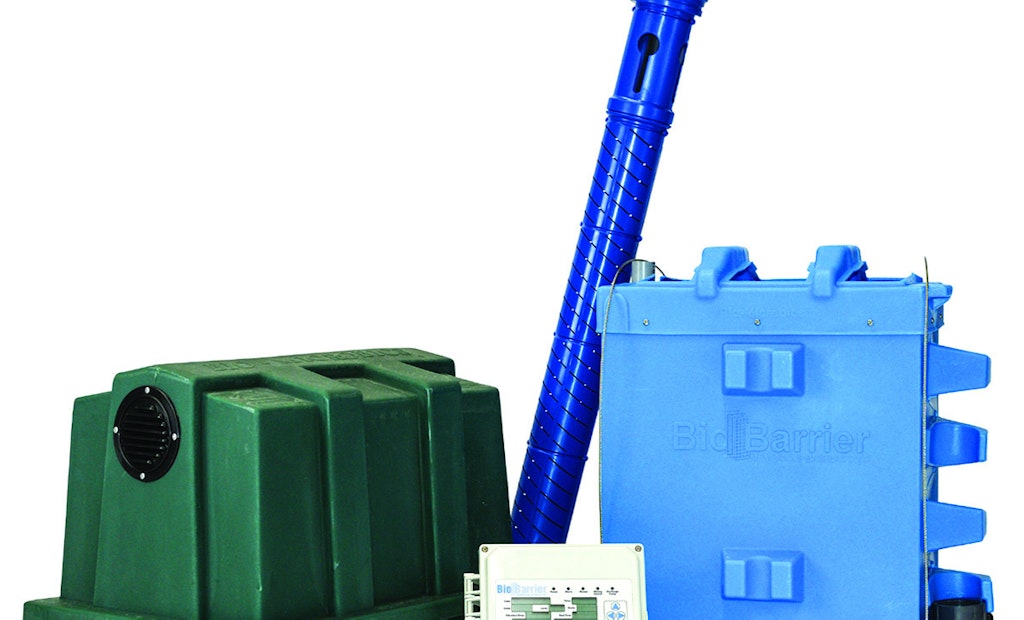Drought-prone areas need to handle water a little differently than areas where it’s abundant. Technology for water reuse is vital for the sustainability of the resource.
BioMicrobics developed the BioBarrier, a wastewater treatment system that uses a membrane bioreactor...






